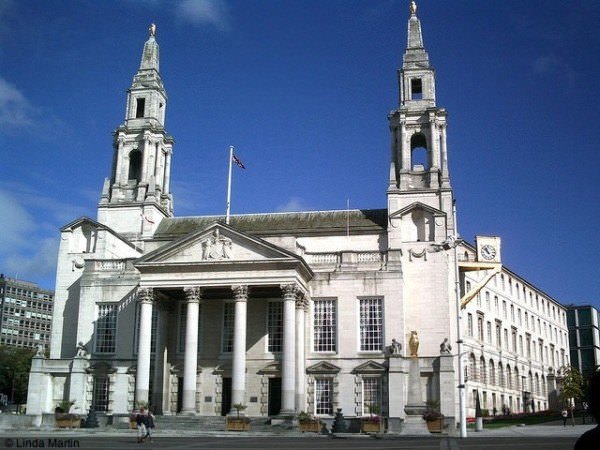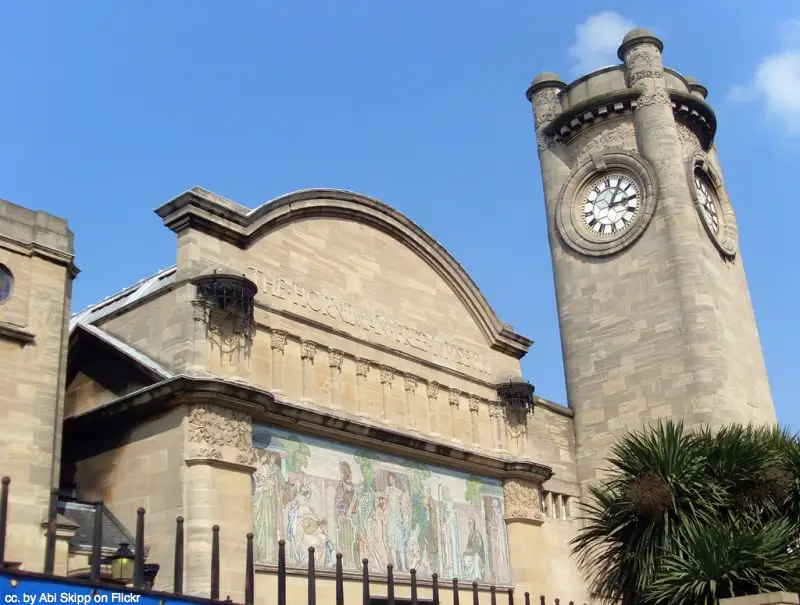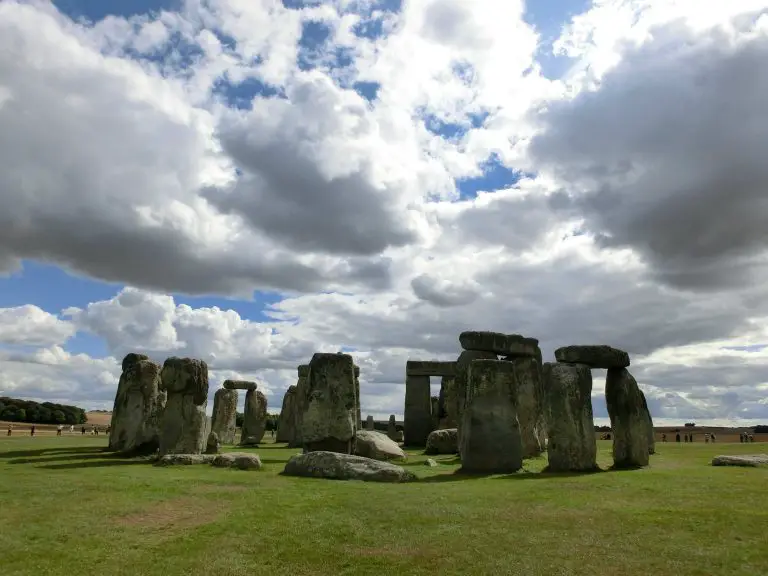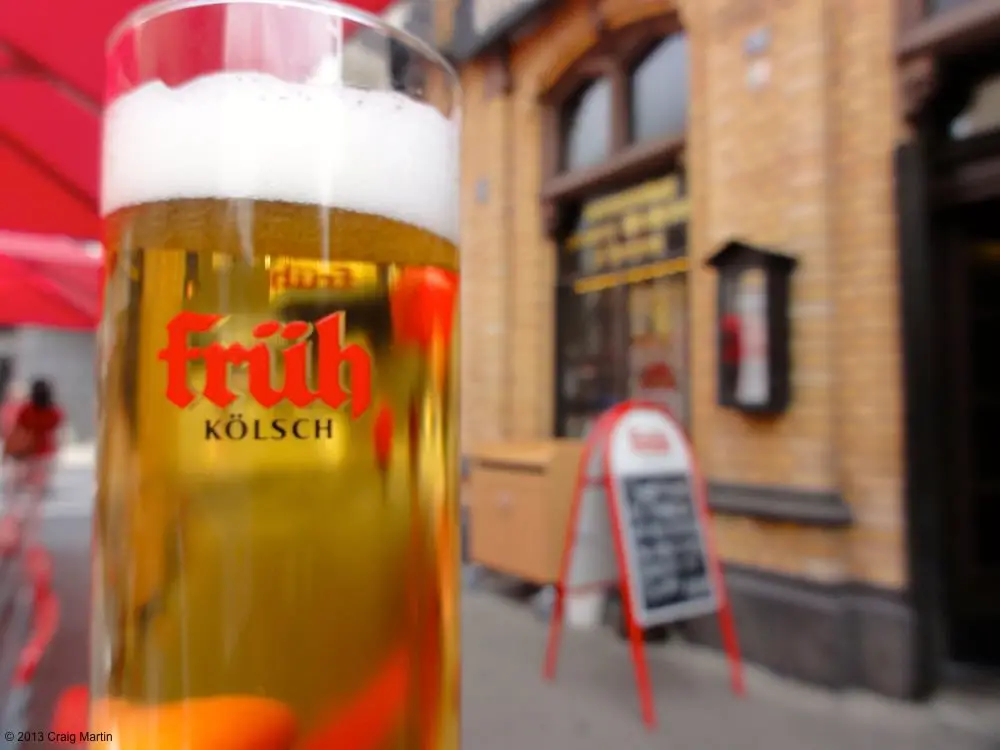Visit Leeds: Britain’s most under-rated city
Walking through the Victorian shopping arcades, glazed tiles and wrought iron spiralling overhead, and you might wonder why people don’t visit Leeds.
We had been planning to come for over a month, but each time we mentioned it to any Brit we had the same reaction: “Why would you want to visit Leeds?”. The feeling is so prevalent that even our couchsurfing hosts were a little confused as to why we’d want to visit.
So, why would you visit Leeds?
Wandering the city centre
Leed’s city centre is compact, easily walkable and architecturally stunning. A strong manufacturing and shipping economy allowed for some wonderful buildings to be made, with touches of Art Nouveau gracing some facades and within the covered shopping arcades.
The Corn Exchange is a sight to behold; its oval exterior housing a selection of boutique shops and restaurants. Inside, the ribbed wooden structure holds up large glass windows allowing light to stream in.
 Just a few years ago, during renovations, a gem was discovered which now goes by the name of The Tiled Hall. It’s simply stunning: glazed tiles shimmer in blue-green and gold to a vaulted ceiling hung with modern lighting. Set near the arches are busts of artists and scientists while below, people grab a coffee between the city’s main library and art gallery.
Just a few years ago, during renovations, a gem was discovered which now goes by the name of The Tiled Hall. It’s simply stunning: glazed tiles shimmer in blue-green and gold to a vaulted ceiling hung with modern lighting. Set near the arches are busts of artists and scientists while below, people grab a coffee between the city’s main library and art gallery.
The modern influx of financial jobs has led to regeneration projects, and walking along the canal-side “waterfront” is really enjoyable.
Friendly people (and football hooligans, of course)
While Leeds is home to the normal British selection of violent football fans and racist extremes, the feeling on the street is friendly and relaxed. We struck up conversations on the street and in pubs, with people who were always happy to share advice and local tips to help us get around.
We were warned off some areas late at night, which is normal in all British cities, but it certainly didn’t feel like a dangerous place, which is how some people had painted it. It felt safer — and much friendlier — than a walk through most of London.
Interesting galleries and museums
- Leeds City Museum
- Henry Moore Institute
- Kirkstall Abbey
- Yorkshire Scultpture Park
- Tropical World
- Royal Armoury Museum
Although small in size and number, Leeds is home to an interesting collection of museums and galleries. Near the centre you’ll find the more established and well-funded, while independent finds are further out of town, but still easily accessible by bus.
Leeds has been home to several sculptors of note, and that’s reflected in the Henry Moore Institute as well as the large Yorkshire Sculpture Park; a pleasant walk on a dry day.
The Kirkstall Abbey ruins are a short trip out of town, but you are well rewarded for your time. The Abbey is one of the most complete examples of a Cistercian Monastery in Britain and, along with the great visitor centre, can give you a real idea of 12th century life.
Many of the museums and galleries have free entry, and most of the rest are covered by the Leeds Card, which is only seven pounds.
Shopping and nightlife
I’m told Leeds city breaks are all about the shopping and the nightlife, but I remain unconvinced this should be the city’s main draw. Shops are set in beautiful buildings — both classical and modern — but the selection leaves a lot to be desired. Most shops in the centre could be found on any other British high street; the homogenisation of the UK’s shops make for a dull time.
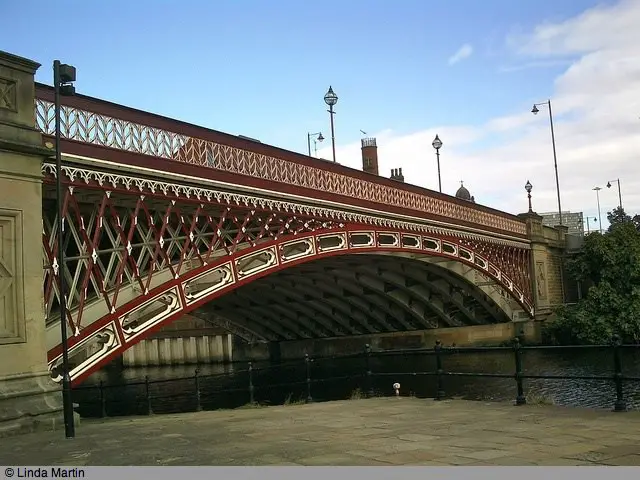 The Victorian-style Kirkgate covered markets are a welcome respite, with local produce standing alongside second-hand books; home-made foods next to piles of clothing. With over 800 stalls, it’s the largest covered market in Europe and although it can get quiet at times, the calls of merchants were competing with the buzz of shoppers when we visited.
The Victorian-style Kirkgate covered markets are a welcome respite, with local produce standing alongside second-hand books; home-made foods next to piles of clothing. With over 800 stalls, it’s the largest covered market in Europe and although it can get quiet at times, the calls of merchants were competing with the buzz of shoppers when we visited.
The central-city cafes, pubs and clubs are quite uniform, with little chance to escape the same old options. We ducked down an alleyway to Whitelocks, the oldest pub in Leeds, which has some real character. A Sunday roast and pint of real ale went down well and fuelled some further exploration. The moral: explore the alleyways and side streets to find something interesting.
The outer suburbs, especially in areas like Headingly with large student and immigrant populations, give small retailers a chance to show their wares — and give visitors a chance to explore some local foods and products. The music becomes more independent too, getting away from the chart pop of the central city. It’s a bit hit-and-miss without a local guide, so try to grab a drink with a local couchsurfer and find out what’s hot.
So, why wouldn’t you visit Leeds?
I must admit, I’m not a great fan of travel writing being used to sell a destination, but in this case I’m pulling some editorial strings. Leeds must be the United Kingdom’s most under-rated city. Perhaps it’s been the victim of its past plus a tourism department that doesn’t want to work with travel bloggers … It certainly doesn’t have a great reputation in the rest of the UK.
I’m confused as to why that is. It’s certainly worth adding a few days here to any northern England itinerary or using it as a base to explore the rest of Yorkshire. We’ll be back, to explore more and to hike some some of the local countryside.

